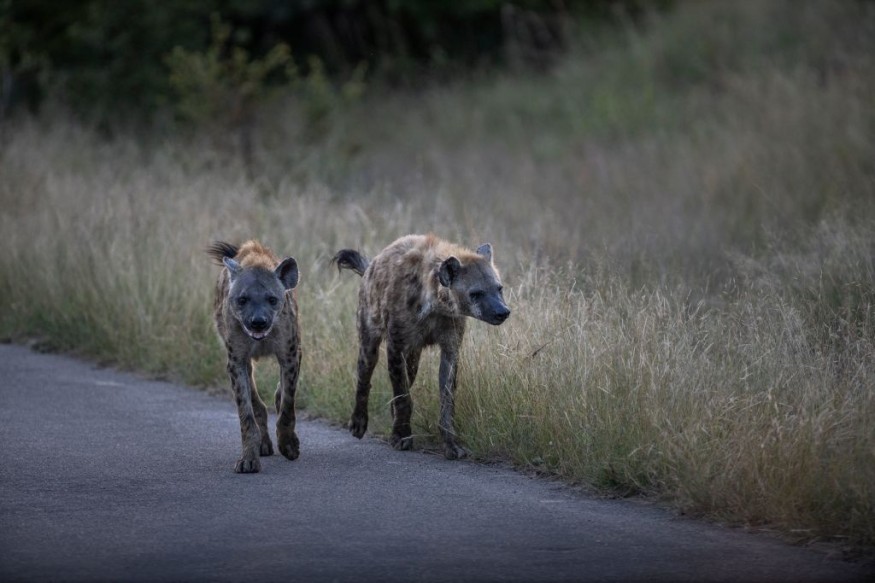Experts were able to unearth the mitochondrial DNA of a woolly rhinoceros from the fossilized poop of a hyena. This showed that the hyena devoured the massive herbivore before it died during the Middle Paleolithic.
The woolly rhinoceros (Coelodonta antiquitatis) is an iconic species of the Eurasian Pleistocene megafauna, which was found to be abundant in Eurasia in the Pleistocene until its demise beginning approximately 10, 000 years ago.
Predator And Prey

Researchers noted that despite the early recovery of several specimens from well-known European archaeological sites, including its type specimen, no genomes of European populations were available so far, and all available genomic data originated exclusively from Siberian populations.
Using coprolites of cave hyenas (Crocuta crocuta spelea) recovered from the Middle Palaeolithic layers of two caves in Germany (Bockstein-Loch and Hohlenstein-Stadel), experts isolated and enriched predator and prey DNA to assemble the first European woolly rhinoceros mitogenomes, in addition to cave hyena mitogenomes.
Both coprolite samples produced copious sequences assigned to C. crocuta (27% and 59% mitogenome coverage, respectively) and woolly rhinoceros (Coelodonta antiquitatis; 27% and 81% coverage, respectively).
The sequences suggested considerable DNA degradation, which may limit the conclusions to be drawn; however, the mitogenomes of European woolly rhinoceros are genetically distinct from the Siberian woolly rhinoceros.
Further, analyses of the more complete mitogenome suggest a split of the populations potentially coinciding with the earliest fossil records of woolly rhinoceros in Europe.
Scientists said that while the DNA sequences recovered had shown signs of considerable degradation, possibly limiting the conclusions of their study, they believe that they may have found evidence of a population split around 450,000 years ago.
The mitogenomes of European woolly rhinos are distinct from the Siberian population, suggesting that there could be a divergence of the two around the time the woolly rhinoceros pops up in the fossil record in Europe.
The study also indicated that the extinct cave hyena is a conspecific to the extant spotted hyena, that were occurring exclusively in sub-Saharan Africa, which ranged from the Iberian Peninsula to Asia during the Pleistocene until its extirpation in Europe approximately 14,000 years ago.
Distribution of Fossils
Scientists said that previous studies had already confirmed a lack of divergence from extant conspecifics, suggesting considerable migration during the Pleistocene and the Holocene, and several mitogenomes of cave hyenas from European populations have been assembled for phylogenetic studies.
The prey of cave hyenas usually includes large herbivores such as the woolly rhinoceros (Coelodonta antiquitatis), as evidenced by numerous macrofossil findings in European caves.
The woolly rhinoceros was a cold-adapted megaherbivore, which was abundant from western Europe to north-east Siberia during the Middle to Late Pleistocene.
The temporal and spatial distribution of the fossils, and their morphological changes across the Middle and Late Pleistocene suggested that there seemed to be a repeated range expansions and immigration of Coelodonta into Central and Western Europe during successive cold periods.
However, despite the wide distribution of this species throughout northern Eurasia and numerous findings of remains in western Europe, comparably little genomic information has been available to investigate this.
Related Article : 'Woolly Rhino' Freed From Siberia's Ice, But Will it be Cloned?
© 2025 NatureWorldNews.com All rights reserved. Do not reproduce without permission.





